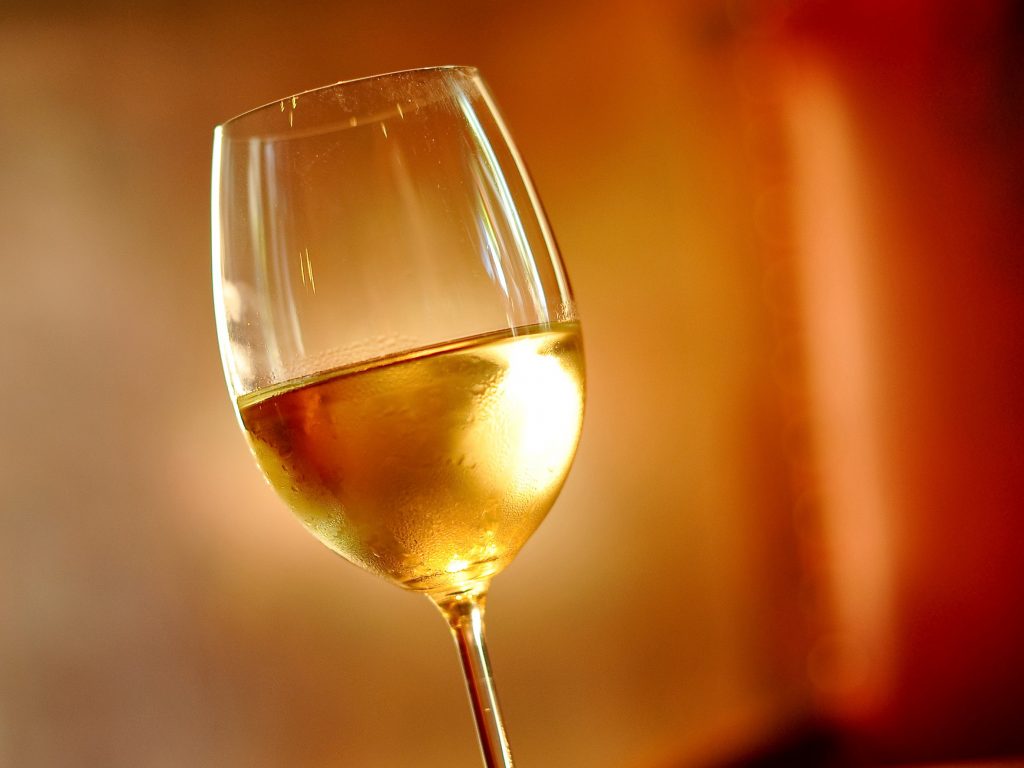Gérard Bertrand’s Wine Philosophy
The sustainability-minded producer shows the potential of France’s Languedoc region through biodynamic farming

Sandwiched between the Pyrenees mountains and the Mediterranean Sea, the Languedoc-Roussillon region—adored by vacationers for its sunshine and salty breezes—is slowly shedding its reputation for producing abundant amounts of value wine. One producer at the forefront of this shift is the youthful “Tall Guy” Gérard Bertrand, a former professional rugby player who began working his first harvest at his father Georges’ vineyards as a child, inheriting them at the age of 22 when the elder Bertrand passed away. Since 1992, Bertrand has been paving his own distinct legacy with a fervent dedication to sustainability through organic and biodynamic farming practices. Despite the large size of his production—his brand oversees 12 estates that showcase what the Languedoc-Roussillon terroir can offer and exports to many different countries—the diverse wines deliver consistent levels of quality, whether they’re screw-top or premium.

Born in Narbonne, where he later became the youngest captain of Narbonne’s rugby club before concluding his career as captain of Paris-based Stade Français (with five fractures and a hole in his head as a parting souvenir), Bertrand hasn’t budged far from his roots. This connection to the community is particularly striking, and explains the ambassador-like role that Bertrand has stepped into, working to reshape stereotypes about Languedoc-Roussillon.
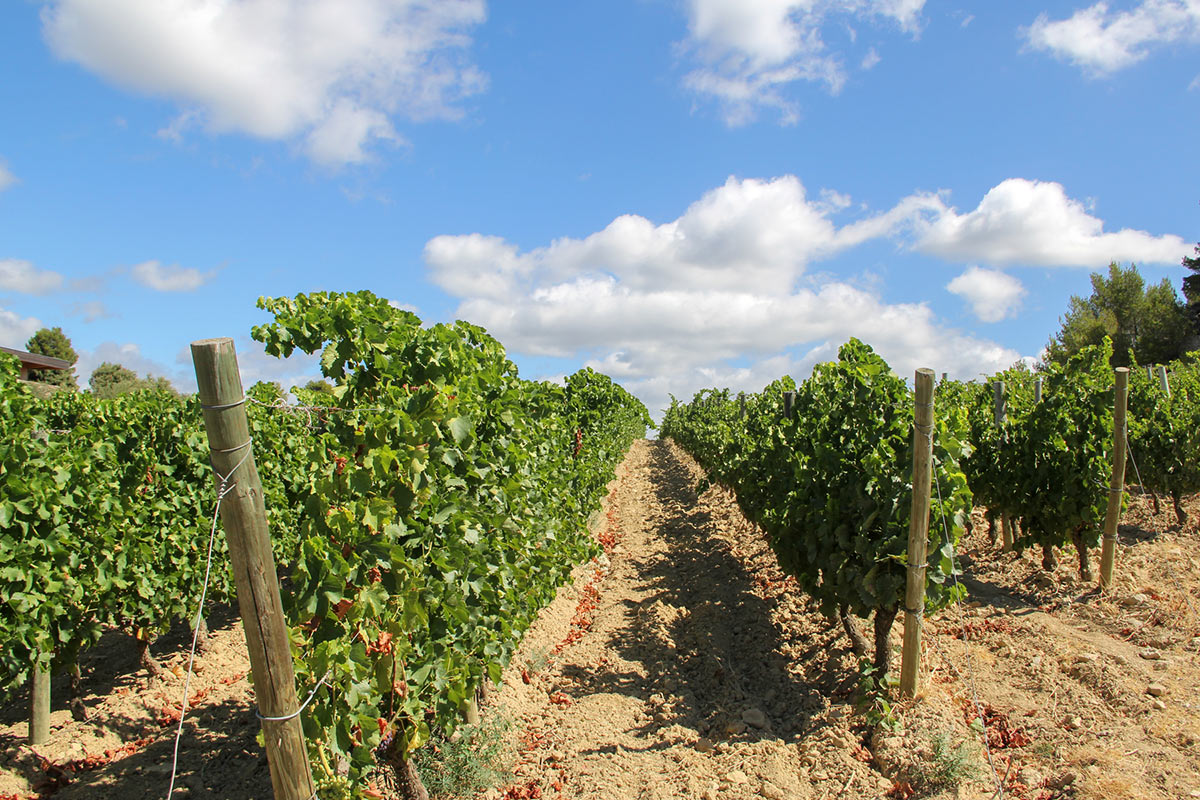
Ever since being introduced to the writings of Rudolf Steiner, Bertrand began putting the Austrian philosopher’s ideas on biodynamic farming into practice in 2002. Biodynamic agriculture takes organic farming to a whole new level that gets pretty holistic: beyond hand-picking grapes and eliminating chemical fertilizers and pesticides, techniques include timing actions like harvesting and bottling to specific phases of the moon, and keeping the farm self-sustained by using only manure and compost from materials found on-site. While there are some who dismiss biodynamic farming as New Age sci-fi, what’s clear is a heightened sense of awareness of the soil’s health, and a meaningful link to nature not defined by yield. “I want to deliver, to my kids and grandkids, a better planet. For me, wine is not a business—it’s a philosophy,” Bertrand tells CH. “It’s my way of life.” He further expounds on this spiritual relationship to wine in his first book “Wine, Moon and Stars,” published this year.
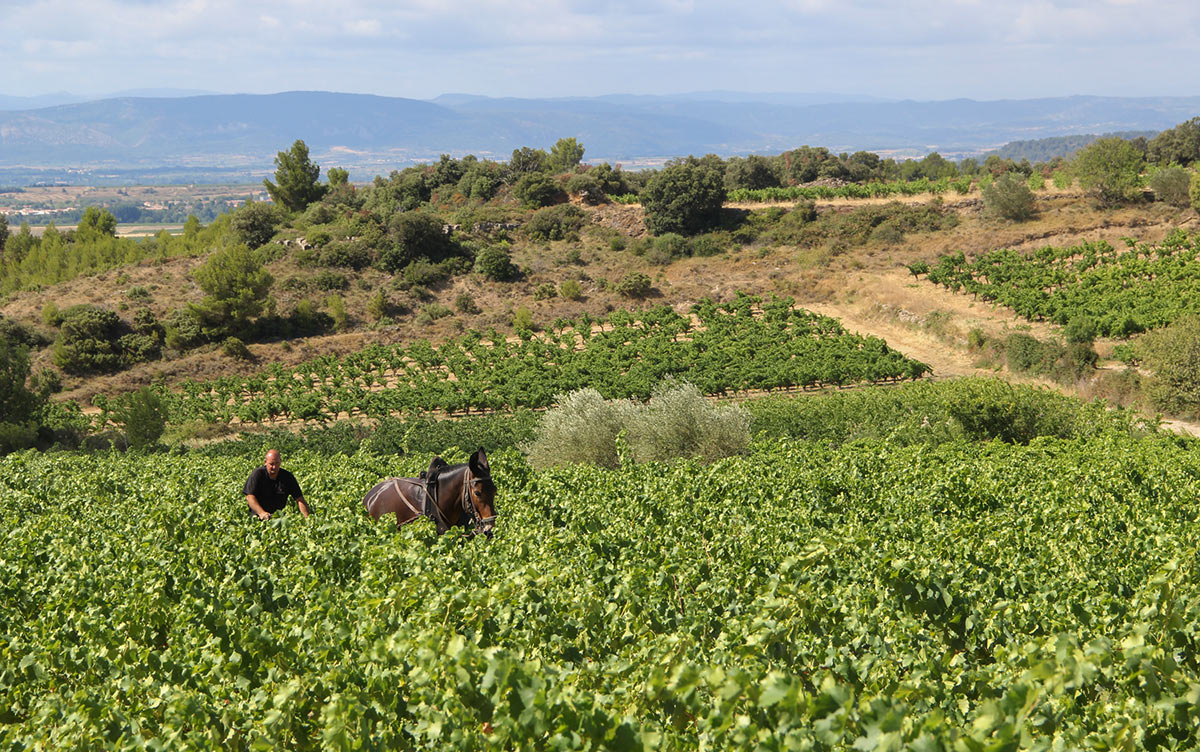
Bertrand now practices biodynamic farming to over 350 hectares of vines, and there’s one estate that is particularly precious. An old sheep farm transformed into a winery, Clos d’Ora, in the Minervois La Livinière appellation, is also his smallest estate. The nine hectares of old-vine Carignan, Mourvèdre, Grenache and Syrah varietals are plowed by two mules—named Vanina and Victorieux—for about eight to 10 hours daily during the summer. Not just about reducing the carbon footprint, the animals are an important connection between humans and the earth. While tractors and other machinery can unintentionally chop off vines without remorse, mules will feel the earth in their feet (and also provide useful manure) and are active in the dialogue. There’s an opportunity to listen to the soil and see what it needs, and this is the careful attention that the Clos d’Ora vines receive.
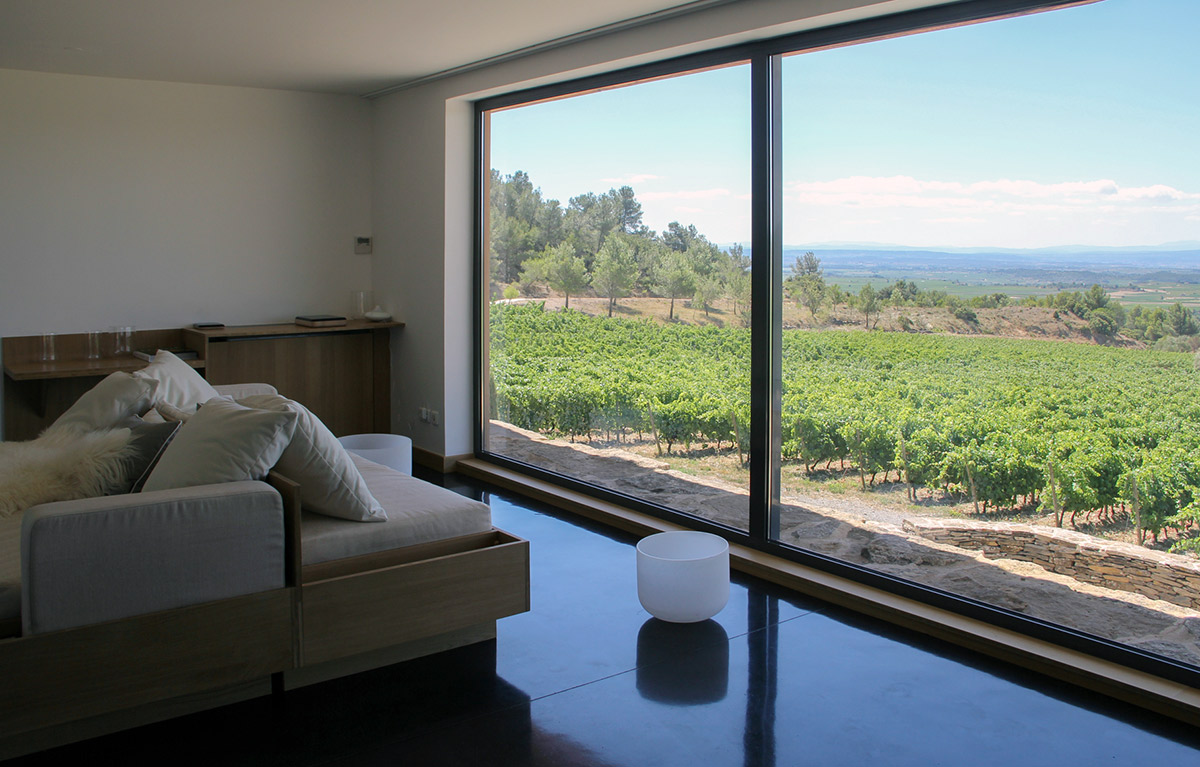
Within the center of this estate is a small house used for meditation, which offers a stunning view of vines and mountains—providing a closeness to the land. “The wine reveals the big potential of the terroir; you can feel the limestone and silicates,” notes Bertrand on Clos d’Ora. “When you create this kind of wine, it’s to create a wine and to deliver—not a taste or emotion, but a message. It’s a message inside a bottle, that comes from connection. That message is ‘Peace, love and harmony.’ This is really a new paradigm for me, and this is the way I think we need to talk to consumers and wine lovers. We need to be connected.”
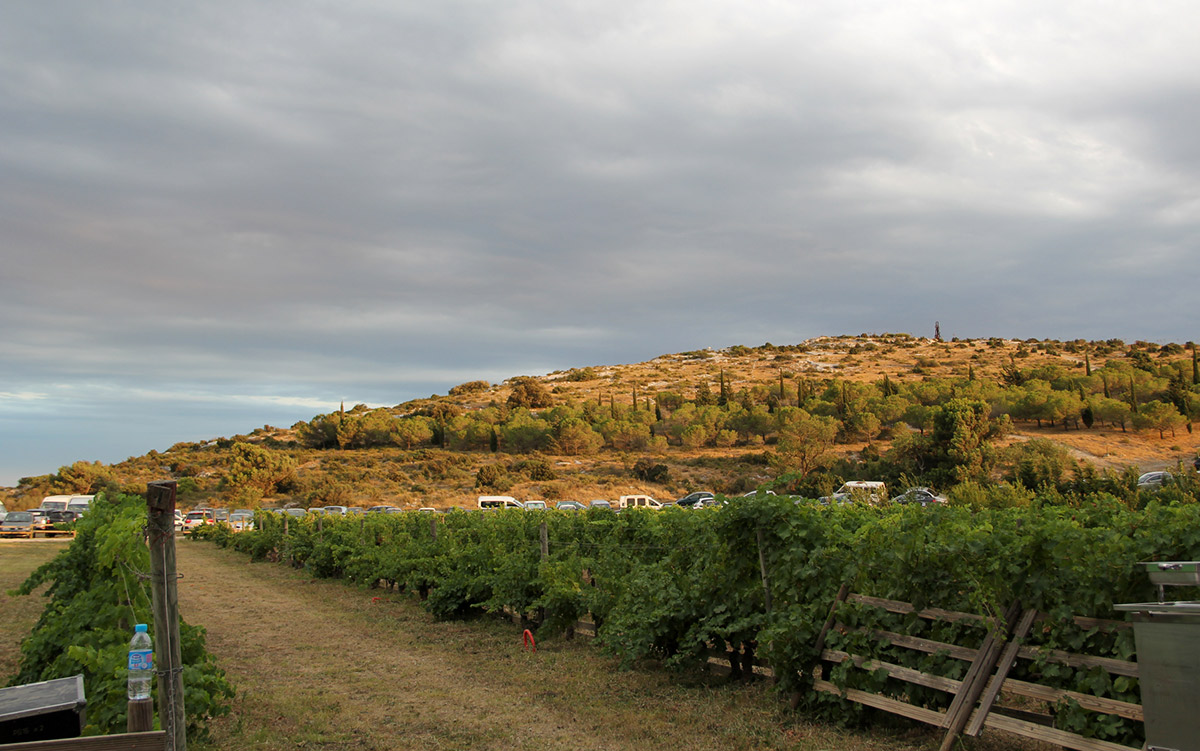
For an immersive experience of Gérard Bertrand’s world, château l’Hospitalet is a destination as much as it is a wine estate—and a carbon neutral one, at that. There’s a small hotel, restaurant (where ingredients are plucked from the backyard garden, with olive oil and tapenade made in-house from local olives) and tasting cellar bordered by organized rows of vines. Narbonne and its calm beaches are just 10 minutes away by car—and l’Hospitalet’s hills provide a beautiful view of the sea. Bertrand’s fellow rugby colleague-turned-artist Jean-Pierre Rives installed a few of his twisting steel sculptures throughout the property, beautifully juxtaposed against the wild, natural terrain.

Jazz is like terroir—it comes from the soil
And it’s here, since 2004, that Bertrand has been hosting a July jazz festival for the community. In the past few years, it’s grown into an admirable logistical feat, cramming 1,200 guests into l’Hospitalet each of the four nights for dinner and an outdoor concert. Bertrand, a jazz lover, explains to us why the festival is important to him: “Jazz is like terroir—it comes from the soil, and it’s inspirational. Every day when you hear somebody play, the music is different. Improvisation is intuition, and intuition is the music of God.” It exemplifies his philosophy of wine as an experience and connection. Bertrand oversees and selects the diverse programming himself, and this year British reggae-pop group UB40 took the stage opening night and convinced the French locals to stand up from their chairs—who could imagine a more perfect setting to perform “Red Red Wine”?

One of Bertrand’s newer offerings is Code Rouge, an elegant Crémant de Limoux that pays tribute to the region’s history of making sparkling wine. Find select Gérard Bertrand wines at wine.com.
Images by Nara Shin


